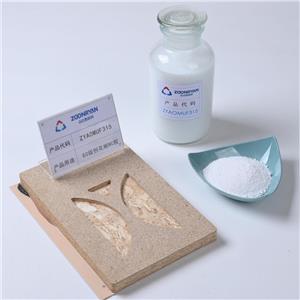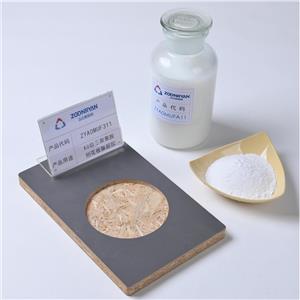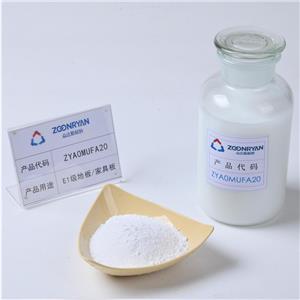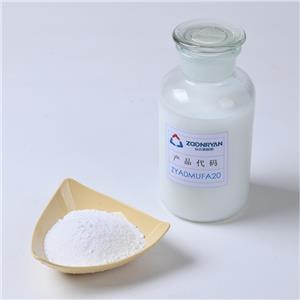Adhesive Introduction and Classification
Adhesives are substances with excellent bonding properties, which function by connecting objects through adhesion and cohesion forces.
Introduction of Materials
A class of organic or inorganic substances, natural or synthetic, that can connect components (or materials) of the same or different types and, after curing, possess sufficient strength are collectively referred to as adhesives, bonding agents, commonly known as adhesives. They are categorized into natural high molecular compounds (such as starch, animal glue, bone glue, natural rubber, etc.), synthetic high molecular compounds (thermosetting resins such as epoxy resin, phenolic resin, urea-formaldehyde resin, polyurethane, and thermoplastic resins such as polyvinyl alcohol acetal, polychlorovinyl resin, in combination with synthetic rubbers like chloroprene rubber and nitrile rubber), or inorganic compounds (silicates, phosphates, etc.). Depending on the requirements, curing agents, accelerators, enhancers, release agents, fillers, and other additives are often added to adhesives.
They can also be classified by application, such as hot-melt adhesives, sealants, structural adhesives, and more. By usage process, they can be categorized into room temperature curing adhesives, pressure-sensitive adhesives, etc. Commonly used adhesives in container manufacturing and repairs include epoxy resin, chloroprene rubber, and sealants.
In recent years, organic adhesives have seen increasingly widespread applications, and adhesive technology has matured, making it one of the contemporary three major connection technologies alongside welding and mechanical connections.
Classification
1. By application method, adhesives can be classified into thermosetting, hot melt, room temperature curing, pressure-sensitive, etc.
2. By application target, they can be structural, non-structural, or special adhesives. Structural adhesives include epoxy resin, polyurethane, organosilicon, polyimide, etc., which are thermosetting; acrylic, methacrylic, and methyl methacrylate, among others, are thermoplastic. There are also multi-component adhesives like phenolic-epoxy modified.
3. By curing form, adhesives can be solvent-borne, water-based, reactive, or hot melt.
4. By primary component, they can be categorized as organic or inorganic.
5. By appearance, they can be liquid, paste, or solid.
6. By composition, they can be single-component, two-component, or reactive.




